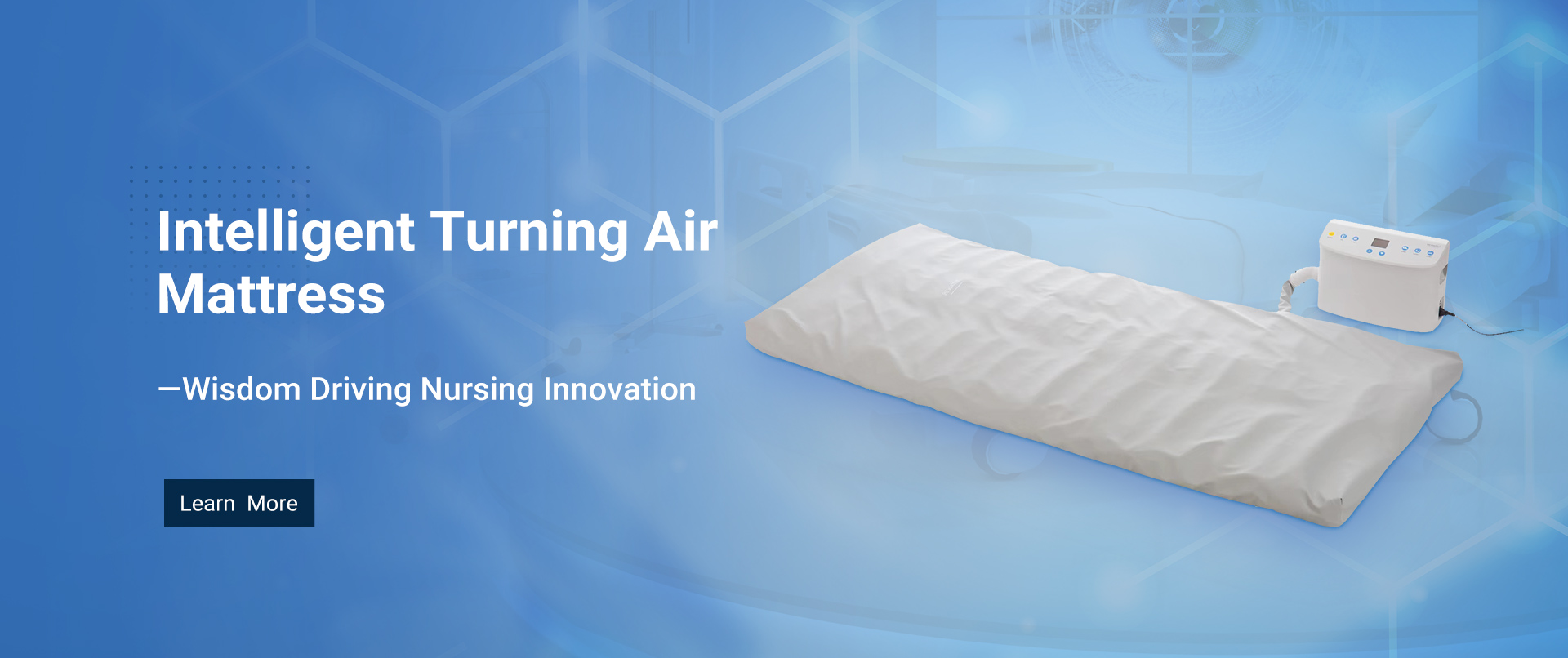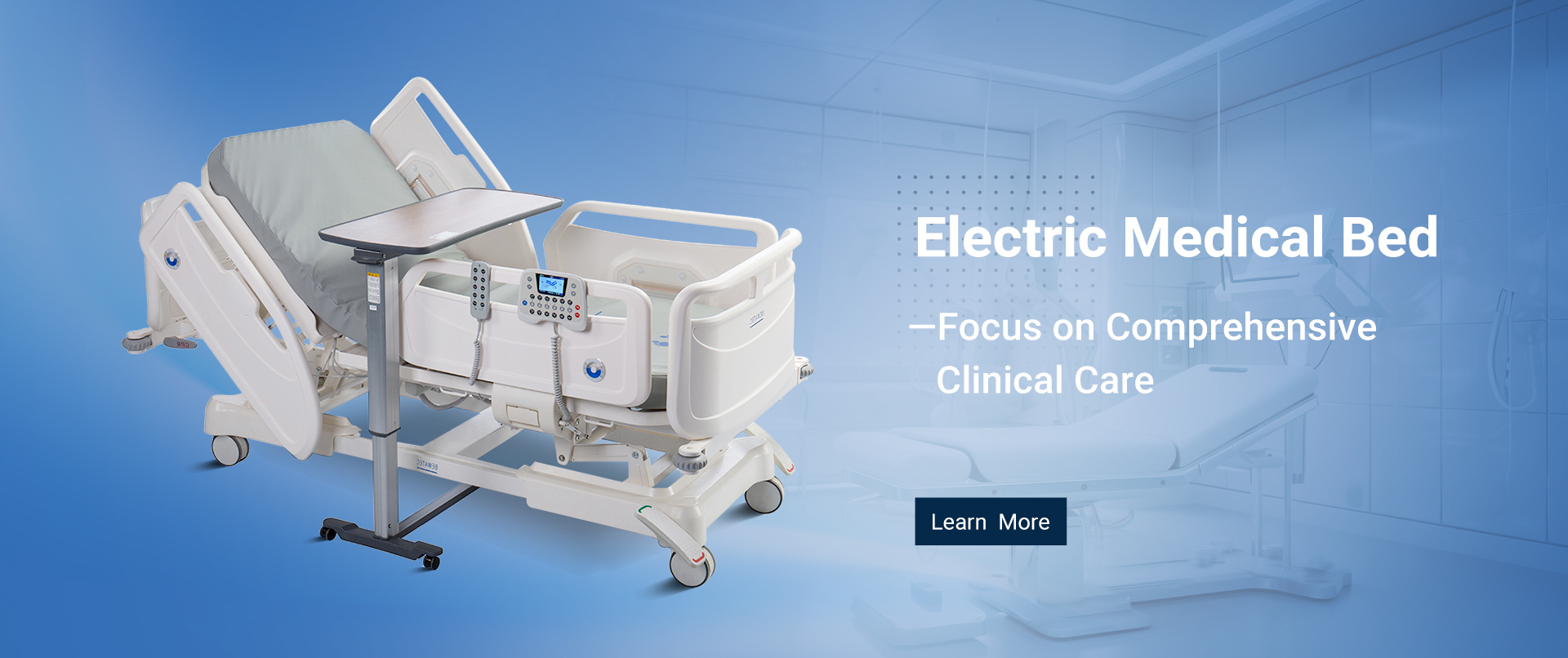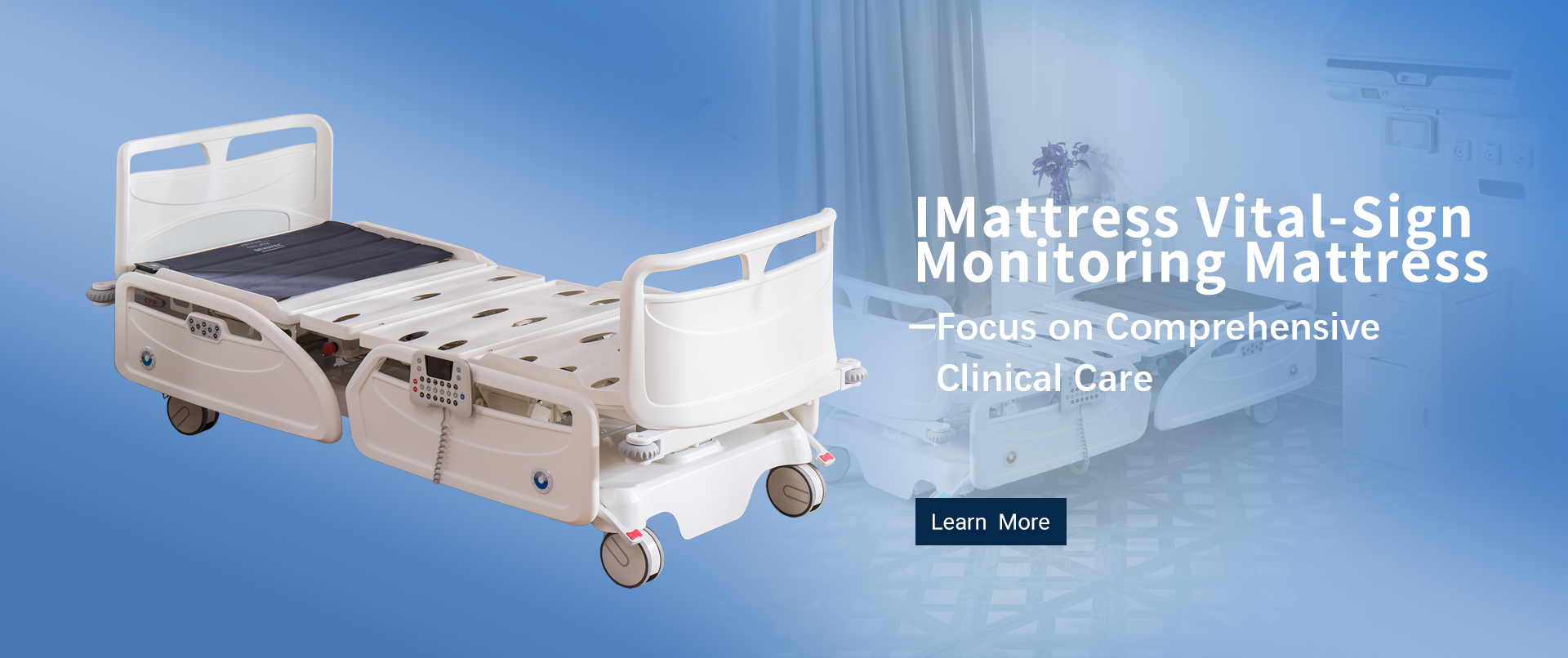
10 Amazing Tips to Harness Innovative Out-Of-Bed Detection Technology
Table of Contents
- Revolutionizing Wake-Up Calls: The Future of Out-Of-Bed Detection Technology
- Integrating Wearable Devices for Enhanced Comfort and Functionality
- Smart Home Automation: Seamlessly Connecting to Out-Of-Bed Alerts
- Data-Driven Insights: Leveraging Analytics for Better Sleep Patterns
- User-Centric Design: Creating Intuitive Interfaces for All Ages
- Exploring Ethical Concerns and Privacy Issues in Detection Technology
- Exploring the Evolving Functionality of Three-Function Electric Beds: Insights from Recent Healthcare and Furniture Industry Reports
- FAQS
- Conclusion
- Related Posts
You know, in the fast-moving world of healthcare tech these days, one thing that's really catching people's attention is the new Out-Of-Bed Detection Technology. It's a game-changer when it comes to keeping patients safe and comfortable. I read somewhere that the global market for smart medical gadgets is expected to hit over $600 billion by 2025—that's pretty wild! This surge is mainly thanks to all the innovation happening and the growing need for digital health solutions. Companies like Bewatec (Zhejiang) Medical Device Co., Ltd. are really leading the charge in transforming healthcare through digital tech. They've been working hard to combine advanced detection systems into their products, making sure patients get personalized care that puts safety and comfort front and center. These new Out-Of-Bed Detection systems not only help improve outcomes for patients, but they also give healthcare providers real-time data, which makes the whole process run smoother and more efficiently.

Revolutionizing Wake-Up Calls: The Future of Out-Of-Bed Detection Technology
The future of out-of-bed detection tech is really exciting — it’s set to totally change how we wake up in the mornings. I was reading a recent report from MarketsandMarkets, and it looks like the global smart bed market could hit around $4.4 billion by 2025. That’s a pretty big jump, especially considering it’s growing at about 16.8% annually since 2020. A lot of this boom is thanks to advances in sensor tech, which now allow beds to do more than just track movement — they can analyze sleep quality and patterns too. All that data? It can be turned into useful insights that help create a personalized wake-up routine, physically and mentally prepping you for the day ahead—pretty cool, right?
And it doesn’t stop there. New tech stuff like machine learning and IoT is making these systems even smarter. For example, a study published in the Journal of Sleep Research mentioned that combining sleep stage info with movement data can make wake-up calls way more accurate. Instead of jarring alarms, these systems can gently vibrate or use soft lighting based on your sleep cycle, helping you wake up feeling more refreshed. As this tech keeps evolving, I truly believe it will do more than just change how we wake up — it could also give us a much better understanding of sleep health, which means better overall wellbeing in the long run.
Integrating Wearable Devices for Enhanced Comfort and Functionality
So, the market for assistive tech aimed at folks with visual impairments is expected to hit around $134 million in 2024 and keep growing — estimated to reach about $225 million by 2032. That’s a compound annual growth rate of roughly 6.65%, which really shows how much demand there’s for cool, new solutions to help improve everyday lives for people with disabilities. A big part of this push is the rise of wearable devices — these gadgets aren’t just about function anymore; they’re also designed with comfort and ease of use in mind.
Take the RingConn smart ring, for example. It’s gotten some serious recognition, even snagging the IF Design Award in 2025! The thing’s pretty impressive — it can monitor sleep apnea with over 90% accuracy, measuring blood oxygen levels every two seconds. These kinds of innovations are changing the game, making health tracking less of a hassle. It’s especially important when you consider that over a billion people worldwide suffer from obstructive sleep apnea-hypopnea syndrome (OSAHS), and traditional methods often fall short.
On top of that, researchers at Shanghai Jiao Tong University are doing some pretty exciting work on ambient energy harvesters for wearable electronics. This is part of a bigger shift — moving from basic fitness trackers to advanced health monitoring devices. As these tech advances keep coming, they’re paving the way for more personalized, effective healthcare. It’s all about making health management smoother and smarter, which honestly lines up perfectly with what companies like Bewatec are aiming for — transforming digital care through innovative smart medical solutions.

Smart Home Automation: Seamlessly Connecting to Out-Of-Bed Alerts
Smart home automation has really changed how we go about our daily routines, and one of the coolest new features out there is out-of-bed detection tech. Basically, it’s a smart way to get notified whenever someone gets out of bed — super helpful for caregivers and also for helping seniors or folks with mobility issues stay independent. By using sensors and connected devices, this technology can do all sorts of things automatically — like turning on the lights or adjusting the room temperature — making everyone’s living space more comfy and convenient.
It all ties into your bigger smart home system too, so everything feels seamless. Say someone gets up from bed — the system might send a quick alert to a caregiver’s phone app, so they know right away. Plus, it can work with health monitoring gadgets, keeping an eye on sleep patterns and giving a heads-up to healthcare pros if something’s off. As smart tech just keeps getting better, using features like this not only keeps people safer but also makes the whole living experience a lot more connected and responsive. Pretty neat, right?
Data-Driven Insights: Leveraging Analytics for Better Sleep Patterns
These days, more and more folks are really starting to embrace a data-driven approach to their health, and honestly, analytics are playing a huge part in helping us understand our sleep better. Thanks to some pretty innovative tech, like smart detection devices, people can actually get real insights into how well they’re sleeping and how their overall wellness is doing. It’s kinda crazy how this shift is powered by turning our daily routines and habits into data that we can analyze—that’s what they call datafication. It turns everything from your bedtime habits to your eating patterns into numbers, making it easier to see what’s working and where you might want to make some changes.
All these different health tech gadgets and smart home gadgets are starting to work together, creating a really complete system that’s tailored to each person’s needs. Wearables, home sensors—you name it—they all contribute to giving a full picture of your health. You’re not just tracking your sleep anymore, but also what you’re eating, how active you are throughout the day, and more. It’s pretty awesome because this seamless connection makes it easier for you to actually get a handle on your health and make smarter choices without feeling overwhelmed. As this whole scene keeps evolving, being able to understand and use your health data properly is gonna be crucial for really taking charge of your wellness journey.
User-Centric Design: Creating Intuitive Interfaces for All Ages
Designing user-friendly out-of-bed detection tech that's really accessible and easy to use for everyone—no matter their age—is super important. To do this well, designers should focus on creating simple, intuitive interfaces that connect with people’s different mental and physical abilities. Take big, clear icons or voice prompts, for example—these can make life much easier for older adults who might find tiny text or complicated menus frustrating. Keeping things minimal and clutter-free helps folks focus on what's essential without feeling overwhelmed or lost in a sea of buttons.
Also, involving real users from the target groups during the design phase makes a huge difference. Watching how different people interact with prototypes can give you eye-opening insights into what works and what doesn’t. Offering options like customizable visuals and sound settings can make the experience feel more personal and just downright friendlier to use. When you put that much thought into designing with the user in mind, you end up with a system that’s not only innovative but truly inclusive—something that folks of all ages and tech skills can rely on without a hassle.

Exploring Ethical Concerns and Privacy Issues in Detection Technology
As more folks start using these new out-of-bed detection technologies,
it’s really important to think about the ethical stuff and privacy concerns they might bring up.
I read a report from the International Privacy and Data Protection Conference that said around
70% of users feel pretty anxious about how their personal info is being watched and used,
especially in healthcare settings. This shows we definitely need to be more transparent —
both tech developers and healthcare providers — if we want to build trust with people.
On top of that, continuous monitoring can actually chip away at personal privacy. A study published in the
Journal of Medical Internet Research found that nearly 40% of patients are hesitant about
surveillance tech because they’re worried about being constantly watched. That kind of vibe might even make some folks
hold back from talking openly with their doctors. So, making sure patients really understand what they’re consenting to —
and that their data’s being handled responsibly — is super key to easing those worries. As things keep advancing,
setting clear ethical rules and guidelines will be crucial to keep a good balance
between tech progress and protecting individual rights.
Exploring the Evolving Functionality of Three-Function Electric Beds: Insights from Recent Healthcare and Furniture Industry Reports
The advancement of three-function electric beds is transforming the landscape of both healthcare and home furniture markets. With a focus on adjustable features that enhance comfort and accessibility, these beds are becoming essential for individuals seeking both therapeutic benefits and everyday convenience. The typical dimensions of a three-function electric bed, such as the whole bed size measuring approximately 2190×1020×(470~800)mm, make it a versatile option that fits comfortably into various living and healthcare settings.
The innovative designs not only allow for height adjustments from the bed board to the floor—ranging between 470mm to 800mm—but also incorporate functionalities such as backrest elevation and leg lift. This means caregivers and patients alike can benefit from customized positions that alleviate pressure points and improve circulation. With a bed size of 1950 x 850mm, these electric beds are spacious enough to provide users with a sense of security while accommodating necessary movements. As reported in recent healthcare and furniture industry analyses, the ongoing evolution in bed functionality reflects a growing recognition of the importance of ergonomic design in promoting well-being and facilitating recovery.
FAQS
: The market for assistive technology for individuals with visual impairments is projected to reach $224.58 million by 2032.
The RingConn smart ring supports sleep apnea monitoring with a high accuracy rate of 90.7% and captures blood oxygen levels every two seconds.
The research team at Shanghai Jiao Tong University has published reviews on ambient energy harvesters in wearable electronics, indicating a shift towards more sophisticated health monitoring systems.
User-centric design enhances accessibility by prioritizing intuitive interfaces, using large icons, voice prompts, and customizable settings that cater to the cognitive and physical abilities of all users.
Approximately 70% of users express anxiety over how their personal data is monitored and utilized, highlighting the need for transparency from technology developers and healthcare providers.
Establishing ethical guidelines is essential to balance technological advancement with individual rights, as continuous monitoring could lead to privacy erosion and mistrust between patients and healthcare providers.
Features like large recognizable icons, voice prompts, customizable settings, and a minimalist interface can significantly improve the user experience, making the technology more personal and user-friendly.
Up to 40% of patients are wary of surveillance technologies due to fears of constant observation, which may hinder open communication with healthcare professionals.
Engaging with target demographics during the design process and conducting user testing with various age groups can provide valuable insights into their unique preferences and interactions with technology.
Ensuring that consent processes are robust and that patients are fully informed about how their data will be used is crucial in addressing privacy concerns and building trust.
Conclusion
In today’s fast-moving world of healthcare, the 'Innovative Out-Of-Bed Detection Technology' is really making waves. It’s set to change how we wake up, with wearable devices that not only feel more comfortable but also help connect your home’s smart systems. Imagine getting automatic alerts that keep everything seamlessly running — it’s all about making healthcare more responsive and easier for everyone.
Plus, by digging into the data with smart analytics, we can actually improve sleep quality quite a bit. And the best part? These gadgets are designed with the user in mind, so they’re super intuitive for people of all ages. Of course, as we keep pushing forward with this tech, it’s super important to be mindful of privacy and ethics — keeping patient security front and center. Here at Bewatec (Zhejiang) Medical Device Co., Ltd., we’re all about embracing digital innovation in healthcare—bringing in these top-notch solutions to make patient care safer, more personalized, and just generally better for folks around the world.
Related Posts
-

Innovative Approaches to Enhance Your Well-being with Smart Bed Pads
-
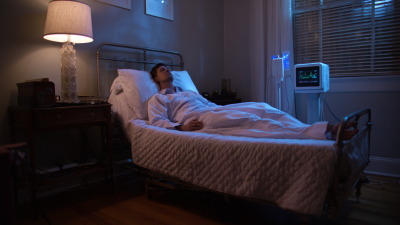
Understanding the Benefits of Sleep Analytics And Reporting Bed Pad for Better Sleep Quality
-
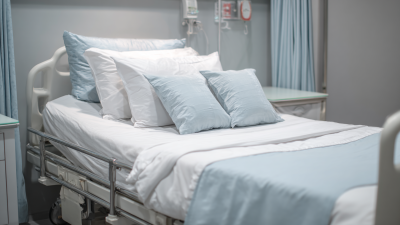
Benefits of Hospital Bed Accessories for Patient Comfort and Recovery
-

5 Key Factors Driving the Growth of Best Hospital Bed Manufacturers in China
-
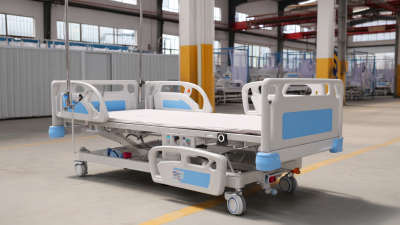
Common Challenges Faced by Global Buyers in Sourcing Medical Beds: An In-Depth Analysis
-

Precision Craftsmanship in Medical Bed Manufacturing: How China's Innovations Serve Global Health Needs


